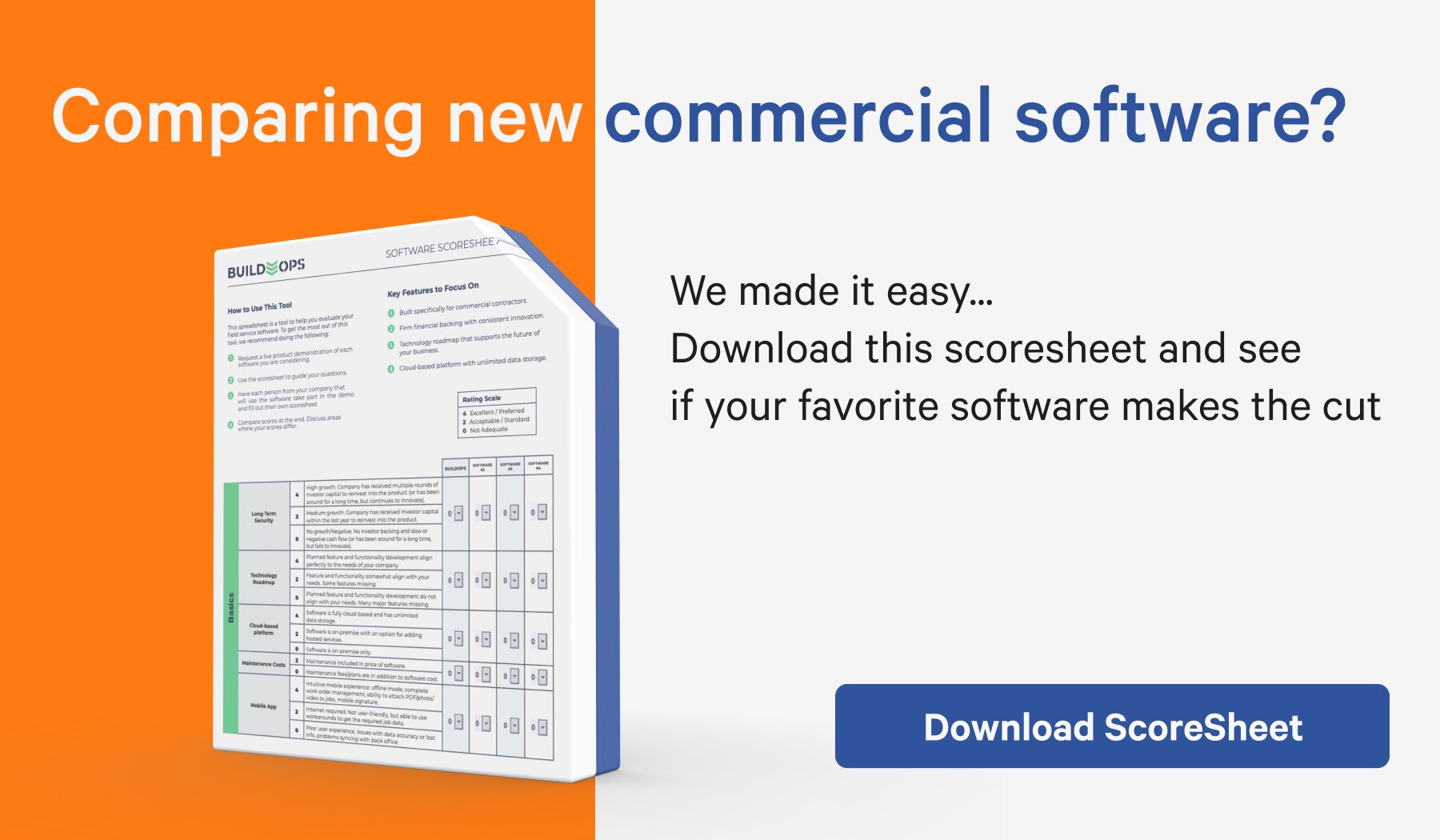A business plan document is a comprehensive blueprint for an organization’s growth and success. It outlines the goals, strategies, and action plans for the business to achieve its objectives. This document serves as a roadmap, providing a clear direction for the company and ensuring that all stakeholders are aligned and working towards the same vision.
The first section of a business plan document typically includes an executive summary. This section provides a brief overview of the entire plan, outlining the key highlights and goals of the business. It should be concise and engaging, capturing the reader’s attention and summarizing the main points of the document.
Next, the document outlines the company’s mission and vision statements. These statements define the purpose of the business and its ultimate goals, providing a clear understanding of the company’s values and objectives to all stakeholders.
The business plan also includes a market analysis, which assesses the industry, target market, and competitors. This section provides valuable insights into the market trends, customer needs, and the competitive landscape that the business operates in. It also outlines the company’s unique selling proposition and how it differentiates from its competitors.
The most critical component of the business plan document is the financial section. It includes the company’s financial projections, budgets, and cash flow statements. This section outlines the expected revenue and expenses, helping the organization make informed decisions about investments and budget allocations.
The next section details the company’s marketing and sales strategies. It outlines the marketing channels and tactics the business will use to reach its target audience and drive sales. Additionally, this section includes a sales forecast, detailing the expected revenue from each product/service.
The final section of the business plan is the implementation and action plan. This section outlines the specific steps and timelines to achieve the company’s goals. It also includes the responsibilities of each team member and the resources needed to execute the plan successfully.
In conclusion, a business plan document is a crucial tool for any organization, providing a roadmap for success and guiding decision-making processes. It helps the company stay focused and accountable, ultimately leading to growth and profitability.
The Purpose of an Executive Summary in a Business Plan Document
An executive summary is a vital part of a business plan document, providing a brief and concise overview of the entire plan. Its purpose is to capture the reader’s attention and highlight the key points of the document, allowing busy stakeholders to understand the overall picture without reading the entire plan.
The first and most obvious purpose of an executive summary is to provide a summary of the key highlights and goals of the business. It outlines the company’s mission, vision, and unique selling proposition, giving readers a clear understanding of the organization’s purpose.
Furthermore, an executive summary allows readers to quickly assess the company’s market and industry analysis. It provides a high-level overview of the market trends, target market, and competitors, giving readers a snapshot of the business’s competitive landscape.
An executive summary also serves as a tool for investors and lenders to evaluate the potential of the business. It gives them a quick overview of the company’s financial projections, sales and marketing strategies, and implementation plan, helping them make informed decisions about investing in the business.
Another crucial purpose of an executive summary is to provide a clear direction for the organization. It acts as a roadmap for the company’s growth and helps stakeholders understand the steps needed to achieve success.
Crafting Clear and Effective Mission and Vision Statements for Your Business Plan Document
A business plan document is incomplete without a well-crafted mission and vision statement. These statements define the purpose and goals of the organization and act as a guiding force for the company’s growth. Crafting clear and effective mission and vision statements is crucial for successful business planning.
A mission statement is a concise statement that defines the purpose of the business. It should be clear, compelling, and easy to understand. A good mission statement should answer the question, “Why does the company exist?” It should include the company’s core values, target audience, and primary business activities.
A vision statement is a declaration of the company’s future goals and aspirations. It should be inspiring and forward-thinking, motivating stakeholders to work towards a common goal. A well-written vision statement should be realistic yet ambitious and should clearly state the long-term vision of the company.
When crafting mission and vision statements, it is crucial to involve all stakeholders, including employees, customers, and investors. This ensures that the statements reflect the organization’s collective values and objectives. Additionally, the statements should be revisited regularly to ensure they align with the company’s growth and changes.
To make the mission and vision statements stand out, it is essential to use strong and precise language. Avoid vague or generic statements and use powerful words that evoke emotion and resonate with the company’s culture and brand.
Conducting a Comprehensive Market Analysis in Your Business Plan Document
A comprehensive market analysis is a crucial component of a business plan document. It provides valuable insights into the industry, target market, and competitors, helping the organization make informed decisions and formulate effective strategies. Conducting a thorough market analysis involves several key steps.
The first step is to identify the industry the business operates in. This includes understanding the size, growth rate, and trends of the industry. The business should also identify any regulatory or technological changes that may impact the industry.
Next, the target market should be identified and analyzed. This involves understanding the characteristics, needs, and behaviors of the target audience. The organization should also assess any potential gaps in the market that it can capitalize on.
Competitive analysis is another crucial step in a market analysis. This involves identifying direct and indirect competitors and understanding their strengths, weaknesses, and market share. It is essential to assess how the competition differentiates from the business and how the organization can stay ahead in the market.
Conducting a SWOT analysis is also beneficial in a comprehensive market analysis. This involves evaluating the organization’s strengths, weaknesses, opportunities, and threats. It helps the business identify its competitive advantage and any potential risks or challenges.
Utilizing market research techniques, such as surveys or focus groups, can also provide valuable insights into the target market’s needs and preferences. This information can be used to develop a unique selling proposition and effective marketing strategies.
Building a Strong Marketing and Sales Strategy in Your Business Plan Document
A strong marketing and sales strategy is crucial for the success of any business. A business plan document should include a well-defined marketing and sales strategy that outlines how the organization will reach its target audience and drive sales. Building a strong marketing and sales strategy involves several key components.
The first step is to clearly define the target audience. This includes understanding their demographics, behaviors, and needs. This information can be gathered through market research techniques, such as surveys or focus groups.
Next, the organization should develop a unique selling proposition (USP). This is a statement that defines what sets the business apart from its competitors. The USP should be clear, concise, and compelling, and should be used as the guiding principle for all marketing and sales efforts.
Developing a marketing plan is the next crucial step. This involves identifying the marketing channels and tactics that will be used to reach the target audience. These can include social media, email marketing, SEO, and more. The costs, timeline, and expected outcomes should also be included in the marketing plan.
The sales strategy should outline how the organization will convert leads into customers. This can include tactics such as sales promotions, special offers, and upselling techniques. The sales strategy should also include a forecast of the expected revenue from each product or service.
It is essential to regularly track and measure the effectiveness of the marketing and sales strategy. This can be done through various metrics, such as website traffic, social media engagement, and sales conversions. This information can help the organization make adjustments and improvements to the strategy to achieve better results.
Key Takeaways
– A business plan document is a comprehensive blueprint for an organization’s growth and success, providing a clear direction for the company and aligning all stakeholders towards the same vision.
– The key components of a business plan document include an executive summary, mission and vision statements, market analysis, financial section, and marketing and sales strategies.
– The executive summary provides a brief overview of the entire plan and highlights the key points, while mission and vision statements define the purpose and goals of the business.
– Conducting a thorough market analysis involves identifying the industry, target market, and competitors, as well as utilizing market research techniques.
– The financial section of the plan includes a sales forecast, budget, and financial projections to evaluate the company’s financial viability and potential for growth.
– Developing a strong marketing and sales strategy involves understanding the target audience, creating a unique selling proposition, and implementing effective marketing and sales tactics.
– Regularly revisiting and updating the business plan is crucial to ensure the organization stays on track towards achieving its goals.







